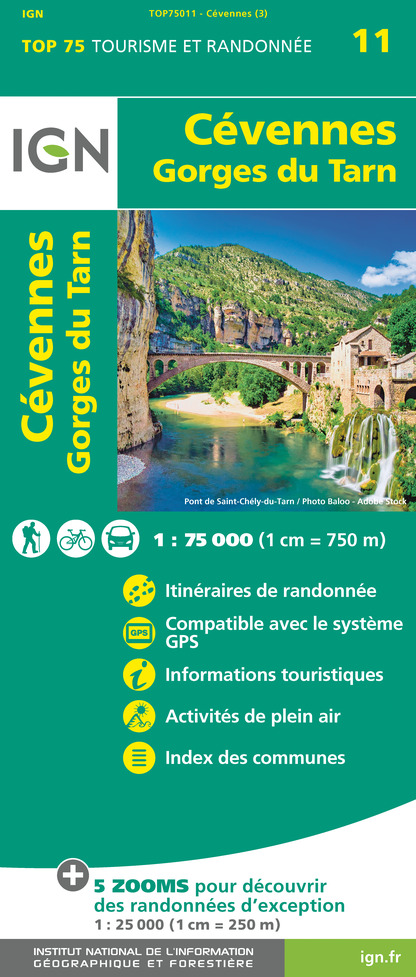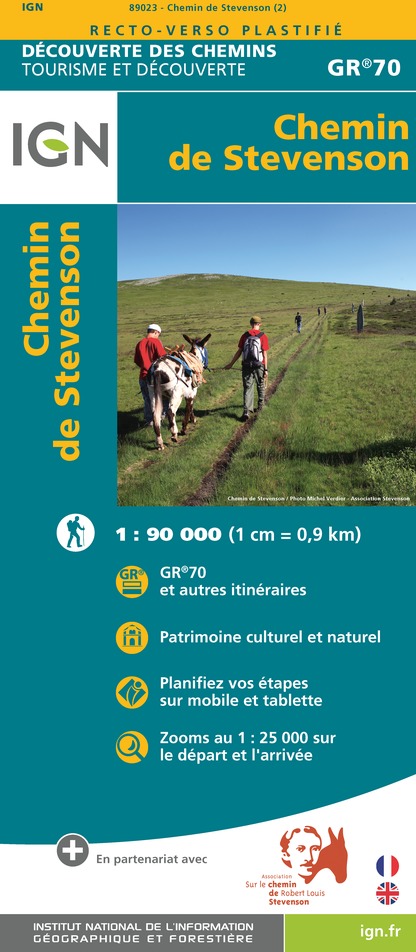Alert
Alerts
Roc Troué

Description
The repeated passage of flocks of sheep over the millennia – first wild, then domesticated – has dragged a path to this summit. Under the impetus of the monks of Cendras, humans enlarged the path by hand to make it easier to use by convoys of saddled mules and by sheep. In 1689, the King's Intendant in Languedoc, Monsieur de Basville, implemented a royal order to organise the road network in the Cevennes in such a way that canons could be pulled along it and enable troops to hunt down Protestant rebels more easily. […] The dry-stone retaining walls and especially the giant breach cut into the rock that gives it its name – Roc Troué or Notched Rock – showcase the colossal efforts of our ancestors. The track is now in such a bad state that it is hard to imagine it was ever suitable for carts! (B. Mathieu)
Technical Information
Altimetric profile
IGN cards









Data author
